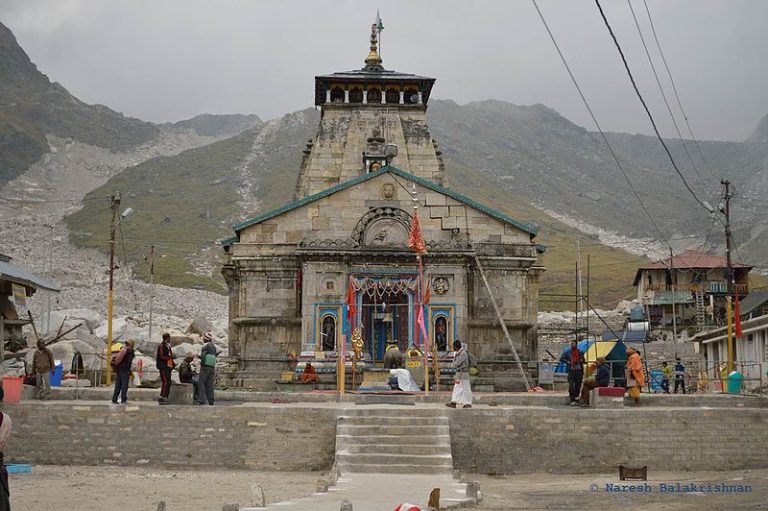Kedarnath Yatra 2024 | Kedarnath Temple 2024 | Kedarnath Tourism | Kedarnath Mandir | Kedarnath Temple Travel Guide 2024 | History | Timings
Kedarnath
Kedarnath Temple located in the Rudraprayag district of Uttarakhand worshipped as the first Kedar in the Panchkedar temples (Kedarnath, Madhyameshwar, Tungnath, Rudranath and Kalpeshwar) of Lord Shiva, is also one of the twelve Jyotirlingas of Lord Shiva. Kedarnath is also part of the Char Dham Yatra in Uttarakhand.
In addition to Kedarnath in the Chota Chardham Yatra, devotees also visit Gangotri, Yamunotri and Badrinath. Being situated at a very high altitude above sea level, the darshan of the Kedarnath temple remains closed during the winter season as many feet of snow accumulate here during the winter season, due to which it is considered almost impossible to reach the temple on foot.
The Kedarnath temple made of huge stones is built in the Katyuri style which is considered to be a very ancient architectural style. The Shiva lingam installed inside the temple is very ancient.
The history of the Kedarnath temple is associated with the time of Mahabharata, it is said that the temple was built by Janmejaya, a descendant of the Pandavas. After that Adi Guru Shankaracharya also got the work done for the renovation of this temple.
History of Kedarnath
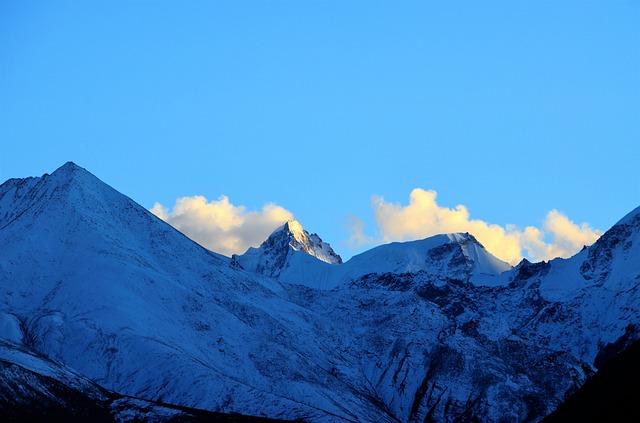
According to religious and mythological beliefs, the history of the construction of the Kedarnath temple is believed to be from the time of the Mahabharata period. This has also been confirmed in many ancient texts of Hinduism. Scientists are yet to ascertain the real-time construction of the Kedarnath temple.
But there is clear evidence that this temple is being pilgrimaged by devotees for more than 1000 years. Rahul Sankrityayan in his books has assumed that the Kedarnath temple was built around the 12th to 13th century. According to Raja Bhoj Stuti, an ancient book kept in the museum of Gwalior city of Madhya Pradesh, the temple was constructed around 1076 to 1099 AD.
Some historians also believe that around the 8th century Adi Guru Shankaracharya got the temple renovated. Some people also believe that Adi Guru Shankaracharya had built a second temple near the temple built in Dwaparyug. Articles on Pali and Brahmi script have also been found written on the steps of the temple, which have not yet been translated.
According to historian Dr Shiv Prasad Dabral, people who followed Shaivism before Adi Guru Shankaracharya used to visit Kedarnath. Overall, it becomes clear that the Kedarnath temple is more than 1000 years old, but there are differences among historians even today regarding its construction.
Architecture of Kedarnath
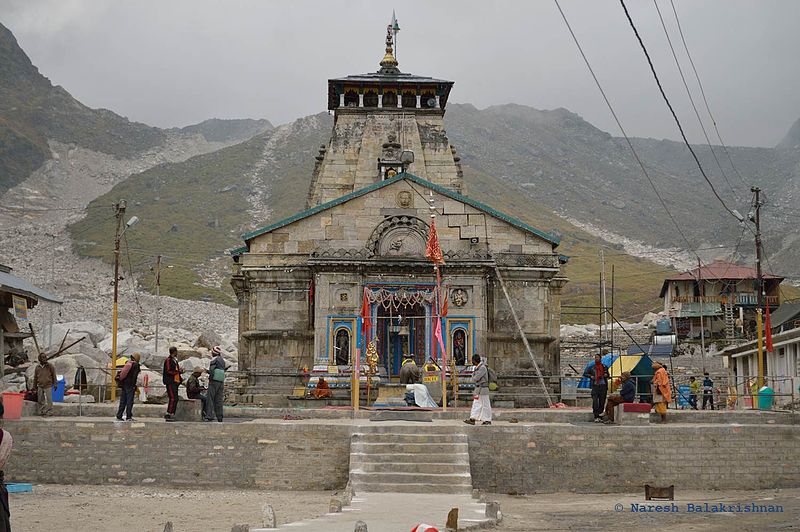
The ancient Kedarnath temple, built with Katyuri architecture, was built on a square 6 feet high, which has been replaced after the 2013 natural disaster. Huge stones have been used in the construction of the temple but wood has been used in the construction of the shikhara of the temple.
A gold urn has also been installed on the top of the temple. The temple courtyard is divided into three parts, which are called the Grabhgriha, Darshan Mandap and Sabha Mandap respectively. The ancient Shiva lingam of Lord Shiva is installed in the house, which is four cubits long and one and a half cubits wide.
Statues along with Draupadi of the five Pandavas are also installed in the home. Standing in the darshan pavilion, devotees can have darshan of Shivling and can also worship. Devotees can participate in the collective aarti of Lord Shiva by standing in the sabha mandap.
A huge statue of Nandi, the vehicle of Lord Shiva, has also been installed in the courtyard outside the temple. There are also many kunds in the back of the temple, in which devotees can also do Achman and Tarpan. There is still doubt about the temple when it was built, but most historians agree on the renovation work done by Adi Guru Shankaracharya.
Legend of Kedarnath Temple
Kedarnath Temple is the only temple of Lord Shiva that is also worshipped as Panchkedar, and also as Jyotirlinga. But the Kedarnath temple as a Jyotirlinga gets to hear a different legend and as a Panchkedar you get to hear a very different story.
However, according to both stories, it becomes clear why this ancient temple gets so much recognition.
Legend of Kedarnath Jyotirlinga
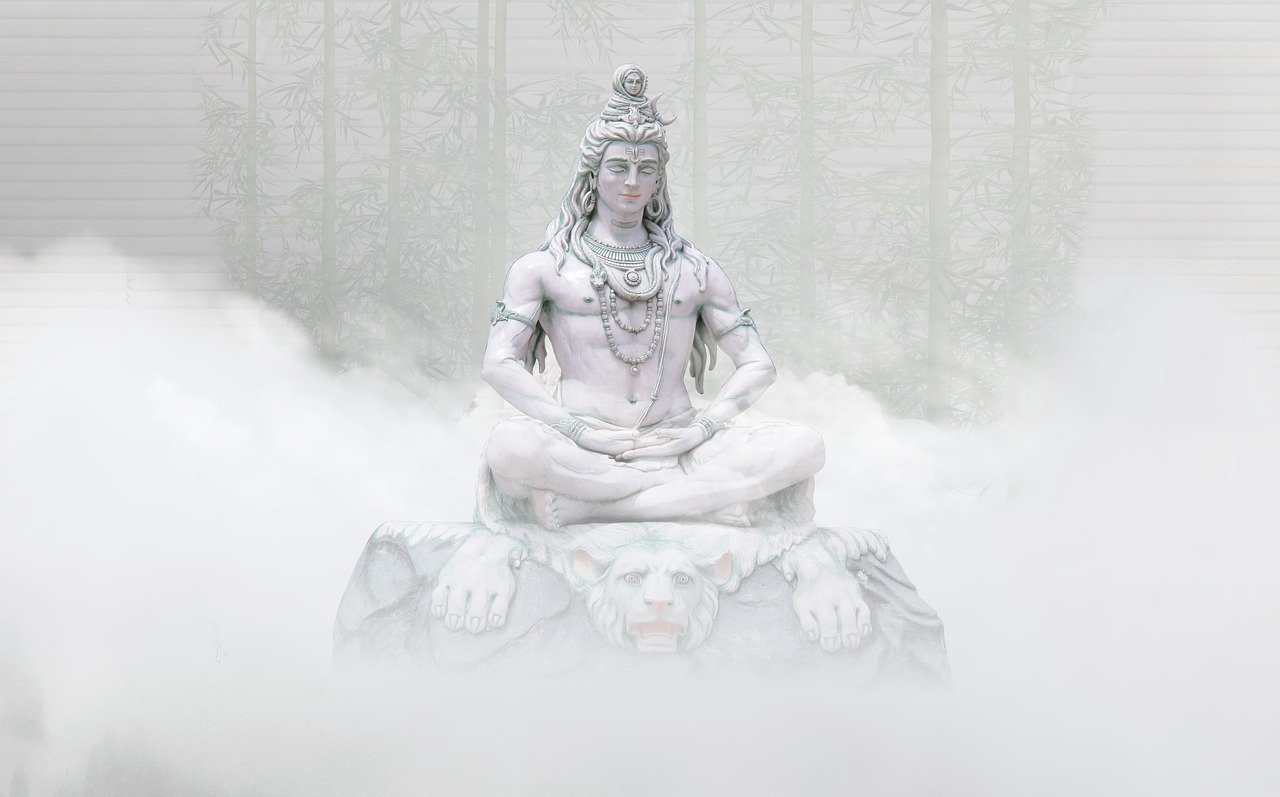
The story of Kedarnath being established as a Jyotirlinga is believed to be older than the Mahabharata period. The legend is most heard in establishing Kedarnath as a Jyotirlinga.
According to the legend, many thousands of years ago, on the top of Mount Kedar in the Himalayas, two great sage Nar and Narayana, considered an incarnation of Lord Vishnu, did penance to please Lord Shiva. It is believed that both the great ascetics continued to do penance for Lord Shiva by standing on one leg without consuming food for several thousand years.
Due to continuous penance for so long, both these sages became the subject of discussion in the three worlds. The austerities of both these sages began to be praised on all sides, Brahma, the father of the universe, Brahma, was also very much pleased with the difficult austerities being performed by Nar and Narayana.
After many thousands of years of hard penance, finally, Lord Shiva appeared pleased and appeared to Nar and Narayana. Nar and Narayana were very pleased to have darshan of Lord Shiva after thousands of years of penance.
Lord Shiva was very pleased with the penance of Nar and Narayana and asked both sages to ask for anything as a blessing. Hearing this talk of Lord Shiva, both the sages requested Lord Shiva to bless him and establish one of his forms in this Kedarkhand forever for the welfare of his devotees.
Lord Shiva was even more pleased to hear this time of Nar and Narayan and he blessed both the sages and established his form as Jyotirlinga in Kedarkhand. Thus Kedarnath is worshipped as a Jyotirlinga of Lord Shiva. Kedarnath is also known as Kedareshwar-Jyotirlinga due to its location in the Himalayan Kedar
Legend of Kedarnath
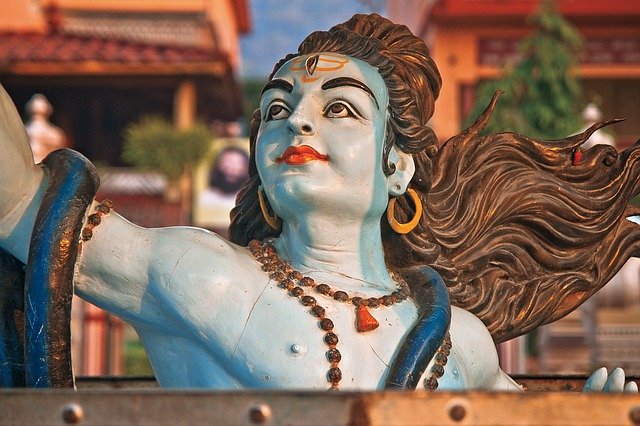
Kedarnath’s Panchakedar connected mythology is believed to be of the Mahabharata period. According to the legend, the Pandavas were victorious in the war of Mahabharata, but at the same time, the sin of the fraternity was also inflicted on them during the war.
Because to win the war of Mahabharata, the Pandavas had to kill their brothers and relatives, due to this, Lord Shiva also became very angry with the Pandavas. To get rid of the sin of fratricide, the sage Vyas suggested to the Pandavas that if Lord Shiva blesses all the brothers, then he can get rid of the sin of fratricide.
At the suggestion of sage Vyasa, the Pandavas started making efforts to please Lord Shiva but Lord Shiva was so angry with the Pandavas that he disguised and went to Kashi.
The five Pandavas reached Kashi looking for Lord Shiva. As soon as Lord Shiva came to know that the Pandavas had reached Kashi after searching for him, he disappeared from there and kept quiet in the Kedarkhand in the Himalayas.
The Pandavas were also sure of their dedication and they reached the Kedar, looking for Lord Shiva. Now to avoid the Pandavas, Lord Shiva took the form of a bull and got into cattle. But the Pandavas were careful that they recognized Lord Shiva as a bull.
To prevent Lord Shiva from going elsewhere, Bhima took a huge form and spread his legs over the mountains. The other cattle came out from under Bhima’s foot, but despite being in the form of a bull, Lord Shiva was not ready to get under the foot of Bhima.
Recognizing Lord Shiva as the bull, Bhima tried to capture Lord Shiva. But Lord Shiva began to penetrate the land, on which Bhima grabbed the bull’s hump (back). When Bhima did this, Lord Shiva’s back remained in Kedarnath and four parts of his body appeared in four different places.
(Thus five different parts of Lord Shiva’s body began to be worshipped as Panch Kedar.) Finally, Lord Shiva was pleased with the devotion and strong will power of the Pandavas and blessed all the brothers to be freed from the sin of fratricide.
According to the legend, when Lord Shiva appeared in the form of a bull when reappeared, the upper part of his torso appeared in Kathmandu (the temple of Lord Shiva located in Kathmandu is called Pashupati Nath Temple).
Apart from this, his stomach (navel) was revealed in Madhyamaheshwar, his arms appeared in Tungnath, his face appeared in Rudranath and lastly, his hair appeared in Kalpeshwar.
Kedarnath geographical location
The Kedarnath temple is situated near the Mandakini River originating from the Chaurabari glacier. Located at the foothills of the Kedar Mountains of the Himalayas, the height of the Kedarnath temple is 3553 meters (11657 ft) above sea level.
Kedarnath Trek
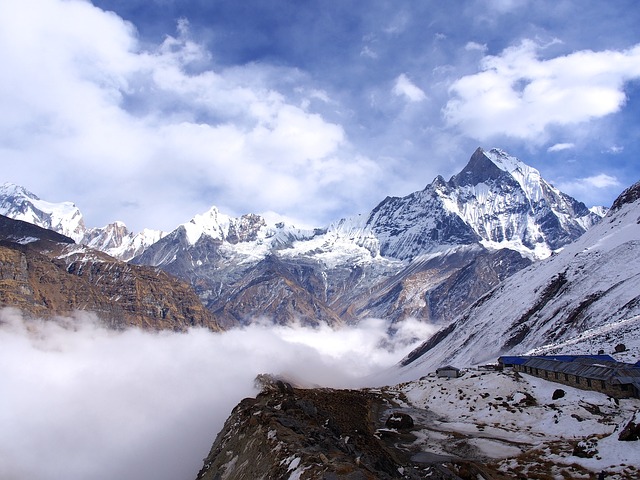
Kedarnath is the main religious place of India. Because this temple is the first worshiper among the five Kedar temples of Lord Shiva and is also one of the 12 Jyotirlingas of Lord Shiva, besides being part of the sacred Chota Char Dham Yatra of Uttarakhand.
Apart from this, this temple is seen most among all the temples of Lord Shiva. The fame of the temple can be gauged from the fact that lakhs of devotees come to visit Kedarnath every year. For travelling to Kedarnath in Rudraprayag district, you can go by car to Gaurikund. After Gaurikund, you have to walk 18 km to reach Kedarnath.
For the Kedarnath Yatra, I will write a completely separate post so that you do not have any kind of inconvenience during the Kedarnath Yatra. Click here for complete information about Kedarnath Yatra.
Kedarnath Temple Opening Date 2022
Kedarnath receives a lot of snowfall in the winter season, due to which the Kedarnath temple is covered with many feet of snow. Due to excessive snowfall, the doors of Kedarnath temple remain closed for 06 months. Throughout the year, Kedarnath’s darshan is closed for devotees from the month of November to April.
During these six months of the year, Kedarnath’s palanquin is taken to Omkareshwar in Ukhimath and worship of Kedarnath goes to this temple till the doors of the temple are opened.
The date of reopening of the doors of the Kedarnath temple is announced every year after Mahashivratri by the Rawal of Kedarnath. The date of opening of the doors of Kedarnath in the year 2022 has been fixed as May 07. The doors of Kedarnath temple will be opened for the devotees to see from 07 May at 06:25 am.
Kedarnath Temple Closing Date 2022
As the summer season approaches, Kedarnath darshan is open to devotees for the next 06 months. But every year in October and November, the houses of Kedarnath are closed to the devotees for darshan.
The closing of the doors of the temple is announced every year on Bhai Dooj, which comes after Diwali.
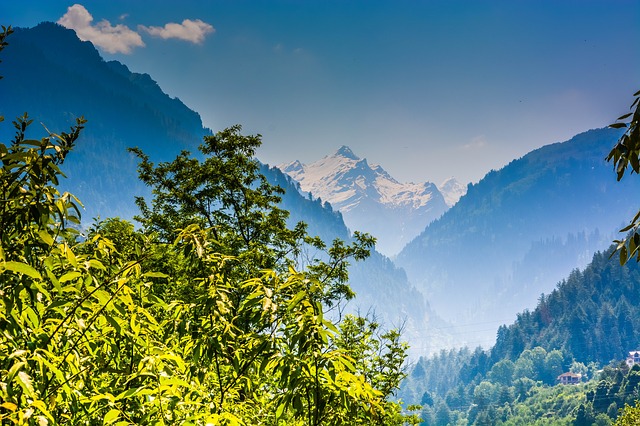
Kedarnath Temple Timings
Devotees can visit the Kedarnath temple from 06:00 am to 08:30 pm.
Kedarnath Temple Aarti Timings
The Shiva lingam of Lord Shiva installed in the temple is one of the twelve Jyotirlingas, due to this, ghee is applied after the Shivalinga is given a natural bath during the morning aarti in Kedarnath.
After that, the incense and lamp are lit. Aarti is performed for Shivalinga. During the morning aarti, devotees can enter the temple and participate in the aarti. But at the time of Sandhya Aarti, Lord Shiva is adorned, due to this, devotees can see God only from a distance.
The chief priest of the Kedarnath temple is a movable Brahmin from the city of Mysore in South India. Members of the same family have been worshipping Kedarnath for centuries. In Kedarnath, Lord Shiva is worshipped several times throughout the day, which is called by different names: –
01 Mahabhishek Puja
02 Abhishek
03 Laghu Rudrabhishek
04 Shodashopchar Pujan
05 Astopchar Pujan
06 Sampoorna Aarti
07 Pandava Puja
08 Ganesh Pooja
09 Shri Bhairav Puja
10 worship of Parvati Ji
11 Shiva Sahasranama
Note – 01 If you want to get worshipped in the Kedarnath temple, then you can get the temple worshipped by depositing the fee prescribed by the temple committee. The fee for worshipping in the temple is changed from time to time.
02 If you are going to visit Kedarnath, then do visit Badrinath. A visit to Kedarnath is considered incomplete without visiting Badrinath.
How to reach Kedarnath
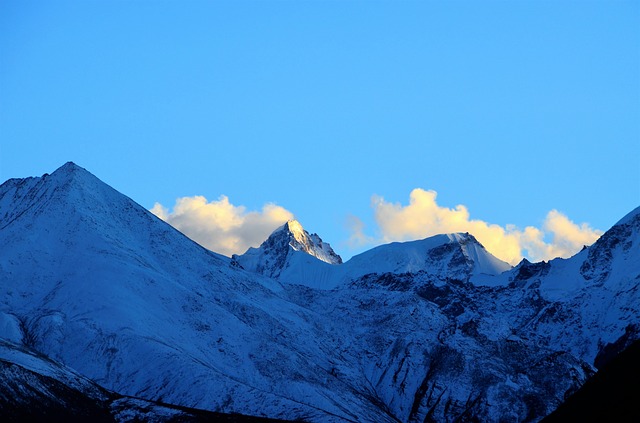
How to reach Kedarnath by Air
The nearest airport to Kedarnath is the Jolly Grant Airport of Dehradun. Kedarnath is just 254 kilometres (Dehradun to Kedarnath Distance) from Jolly Grant Airport in Dehradun.
You will get regular air services from major cities of India to Jolly Airport of Dehradun. From Dehradun, one can easily reach Gaurikund by bus and taxi service. From Gaurikund you will have to trek to Kedarnath.
How to reach Kedarnath by train
The nearest railway station to Kedarnath is the Rishikesh railway station. Apart from Rishikesh, Haridwar railway station is also considered to be the nearest railway station to Kedarnath. Both these cities are very well connected to major railway stations in India.
From Rishikesh, you can reach Gaurikund with the help of a bus and taxi. The distance from Rishikesh to Kedarnath is 216 kilometres (Rishikesh to Kedarnath Distance). Haridwar to Kedarnath is just 236 kilometres (Haridwar to Kedarnath Distance).
How to reach Kedarnath by road
To reach Kedarnath by road, you can reach Haridwar, Rishikesh and Dehradun from any city. Regular bus and taxi services are available from these three cities to Kedarnath.
Here again, you can reach Gaurikund, the last motorable road of Kedarnath. From Gaurikund, you can start the trek to Kedarnath.
(If you have reached here in this article, then I have a small request from you to share your suggestions related to this article in the comment box below, and if you see any deficiency or if you find any wrong information, then also definitely Tell me. I keep posting information related to travel on this website, if you like the information given by me, then you must subscribe to my website through my email, thank you)

